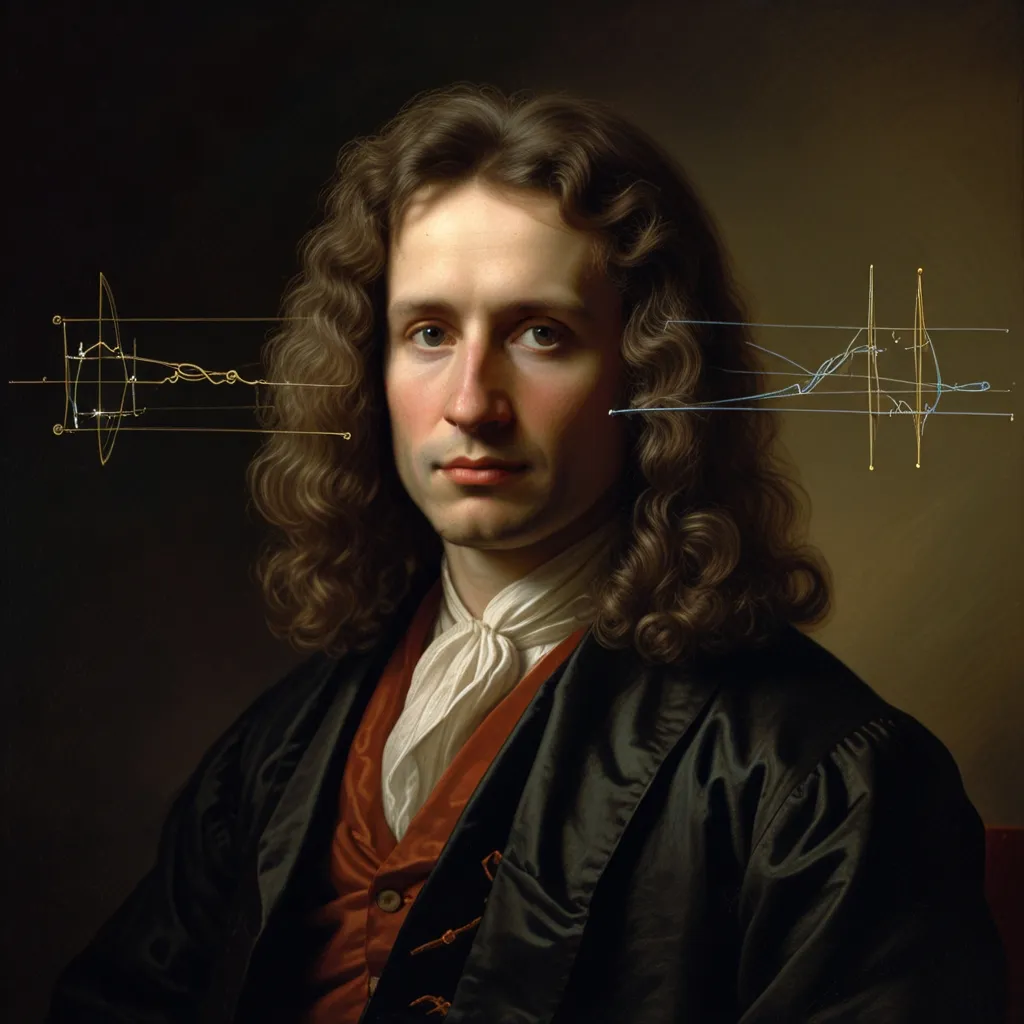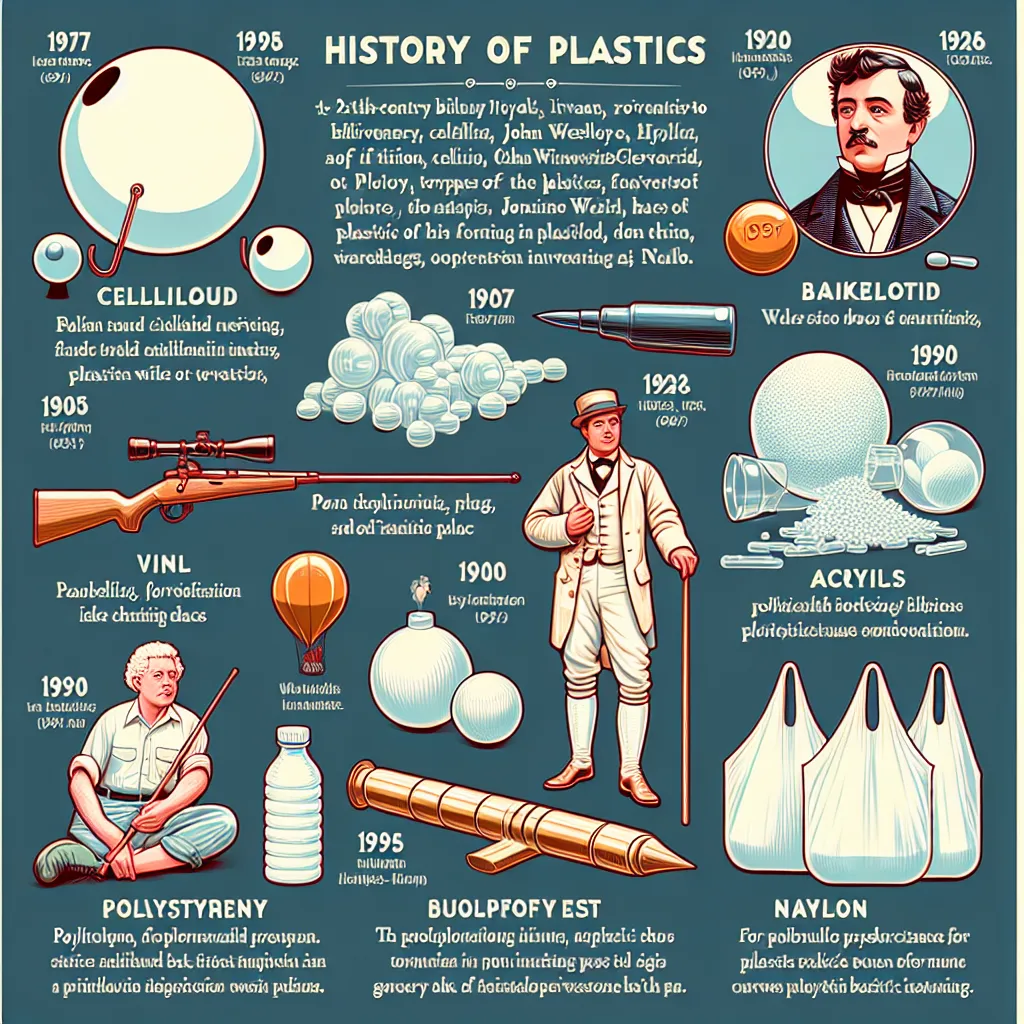Autonomous Drones: The New Frontiers of Wildlife Conservation
Ever wondered what it would be like to have eyes in the sky, constantly watching over our planet’s precious wildlife? Well, that future is here, and it’s pretty darn exciting. Autonomous drones are swooping in to revolutionize how we protect and study our furry, feathered, and scaly friends.
Picture this: a drone zipping through the air, spotting a rare bird, and instantly adjusting its flight path to capture more data. No human input needed. It’s like having a tireless, flying wildlife expert on call 24/7. Pretty cool, right?
These high-tech helpers are changing the game in ways we couldn’t have imagined just a few years ago. They’re giving conservationists superpowers, allowing them to see further, react faster, and understand more about the animals they’re trying to protect.
But hey, it’s not all smooth sailing. Like any new tech, there are some bumps in the road. We’ve got to figure out how to use these flying marvels responsibly and effectively. It’s a bit like learning to ride a bike - there might be a few wobbles at first, but once we get the hang of it, the possibilities are endless.
So, buckle up! We’re about to take a deep dive into the world of autonomous drones in wildlife conservation. From tracking elusive critters to preventing human-wildlife conflicts, these flying robots are doing it all. And trust me, by the end of this, you’ll be as pumped about drones as a kid with a new toy.
The WildDrone Revolution
Let’s kick things off with a project that’s got conservation nerds buzzing like a drone propeller. It’s called WildDrone, and it’s not your average research initiative. Imagine a bunch of bright-eyed PhD students from all over the world, each armed with a unique cocktail of skills in aerial robotics, computer vision, and wildlife ecology. That’s WildDrone in a nutshell.
These folks are on a mission to create drones that can do it all - monitor animals, measure them, track their movements, and even play peacemaker in human-animal conflicts. And get this - they want to do it all without a human pushing buttons. It’s like teaching a drone to be a wildlife biologist!
The cool thing about this project is how it’s mashing up different fields. It’s not just about making better drones; it’s about creating a new breed of conservationists who are as comfortable with circuits and code as they are with paw prints and bird calls.
Nature’s New Best Friend
Now, let’s zip over to Colorado, where The Nature Conservancy is showing us how it’s done. They’ve got this guy, Gustavo Lozada, who’s like the Swiss Army knife of conservation tech. He’s been using drones for all sorts of wild and wonderful things.
Picture this: a drone hovering over a prescribed burn, snapping before and after shots like a flying photographer. Or imagine it tracking a herd of bison across rugged terrain that would leave even the toughest 4x4 stuck in the mud. These drones are getting into places humans can’t, seeing things we can’t see, and doing it all faster and cheaper than ever before.
But wait, there’s more! They’re using infrared cameras to check on the health of Cottonwood trees (because who doesn’t want to know how the trees are feeling, right?), and even helping with fundraising by capturing jaw-dropping aerial footage. It’s like having a Swiss Army knife that can fly!
Down Under Drone Adventures
Let’s hop across the pond to Australia, where things are getting even wilder. There’s this brilliant woman, Dr. Debbie Saunders, who’s taken drone tech to a whole new level. She’s the brains behind Wildlife Drones, and boy, have they cooked up something special.
Imagine a drone that can track up to 40 animals at once. It’s like a flying air traffic controller, but for wildlife. They’ve used this tech to keep tabs on endangered birds, monitor livestock, and even help control invasive species like feral pigs and Burmese pythons. It’s like playing a real-life version of Pokemon Go, but instead of catching ‘em all, you’re saving ‘em all!
The Real-Time Revolution
Now, here’s where things get really sci-fi cool. These new drones aren’t just flying cameras. They’re flying supercomputers. They can process data on the fly (pun totally intended), making split-second decisions about what to film and where to go next.
Think about it. Instead of researchers spending hours squinting at footage, trying to spot animals, these smart drones can do it instantly. They can recognize animals, adjust their flight plans, and capture all the juicy data scientists need, all in real-time. It’s like having a team of eagle-eyed assistants working round the clock, never getting tired, never missing a beat.
This real-time data is a game-changer. It means conservationists can make faster, smarter decisions about how to protect wildlife. It’s like giving Mother Nature her own rapid response team.
Peace in the Wild
But these drones aren’t just about watching animals. They’re also helping to keep the peace between humans and wildlife. In Kenya, for example, they’re working on a portable drone system that can patrol grazing routes and give herders a heads up if there are lions around.
It’s like having a flying traffic report, but instead of warning about rush hour jams, it’s alerting you to lion jams. This kind of tech could be a lifesaver, literally, reducing conflicts between humans and wildlife and making it easier for us to coexist with our wild neighbors.
The Bumpy Road to Drone Utopia
Now, I know what you’re thinking. This all sounds too good to be true, right? Well, you’re not wrong. Like any new tech, autonomous drones have their fair share of challenges.
For starters, getting these things to work reliably in the wild is tough. Nature isn’t exactly drone-friendly. There’s wind, rain, electromagnetic interference, not to mention the occasional curious eagle who might mistake your drone for a snack.
Then there’s the cost. While drones are getting cheaper, the really smart ones are still pretty pricey. And let’s not forget about regulations. Just because you can fly a drone doesn’t mean you should. There are rules to follow, privacy concerns to consider, and a whole lot of paperwork to wade through.
But here’s the thing: these challenges aren’t stopping anyone. If anything, they’re pushing researchers and engineers to come up with even cooler solutions. It’s like the whole conservation world has caught drone fever, and they’re not letting a few obstacles get in their way.
The Future is Flying
So, where does all this leave us? Well, if you ask me, the future of wildlife conservation is looking pretty darn exciting. These autonomous drones are like the Swiss Army knives of the conservation world - versatile, handy, and always ready to tackle the next challenge.
They’re giving us a bird’s eye view of our planet’s biodiversity, helping us understand and protect animals in ways we never could before. They’re bridging the gap between humans and wildlife, helping us coexist more peacefully. And they’re doing it all while pushing the boundaries of what’s possible with technology.
Sure, we’ve got some kinks to work out. But that’s part of the fun, isn’t it? Every challenge is an opportunity to innovate, to come up with new solutions that not only solve the problem at hand but open up even more possibilities.
As we speak, there are researchers out there tinkering with drones, teaching them new tricks, making them smarter, faster, and more efficient. There are conservationists in the field, using these flying marvels to track endangered species, monitor habitats, and fight poaching. And there are policymakers and regulators working to create frameworks that allow us to use this technology responsibly and effectively.
It’s a brave new world out there, folks. A world where technology and nature are coming together in ways we never imagined. A world where a small flying robot could be the difference between extinction and survival for some species.
So the next time you hear a buzzing overhead, don’t just think of it as another gadget. It might just be the sound of conservation taking flight, carrying with it the hopes for a wilder, more diverse future.
In the end, these autonomous drones are more than just cool tech. They’re a symbol of our commitment to protecting the natural world, a testament to human ingenuity, and a beacon of hope for the future of our planet’s biodiversity. And if you ask me, that’s something worth getting excited about.
So here’s to the future of conservation - may it be as limitless as the skies our drones now roam.






